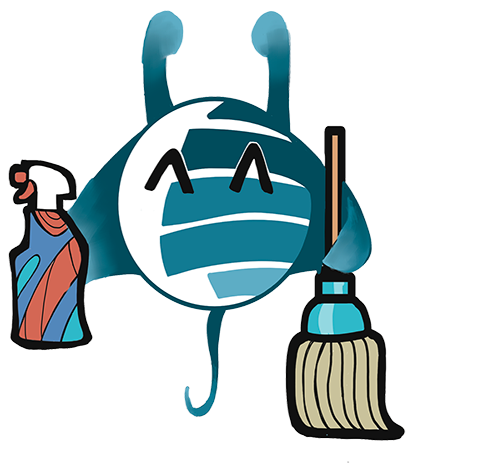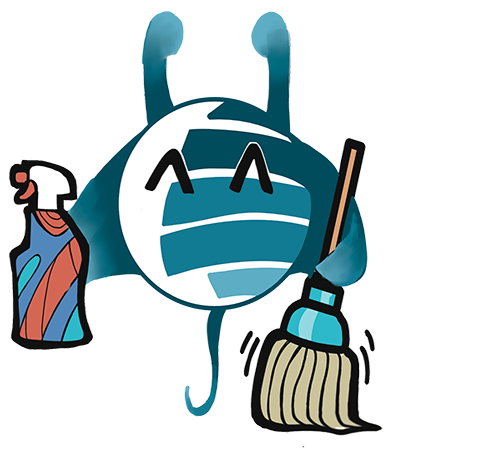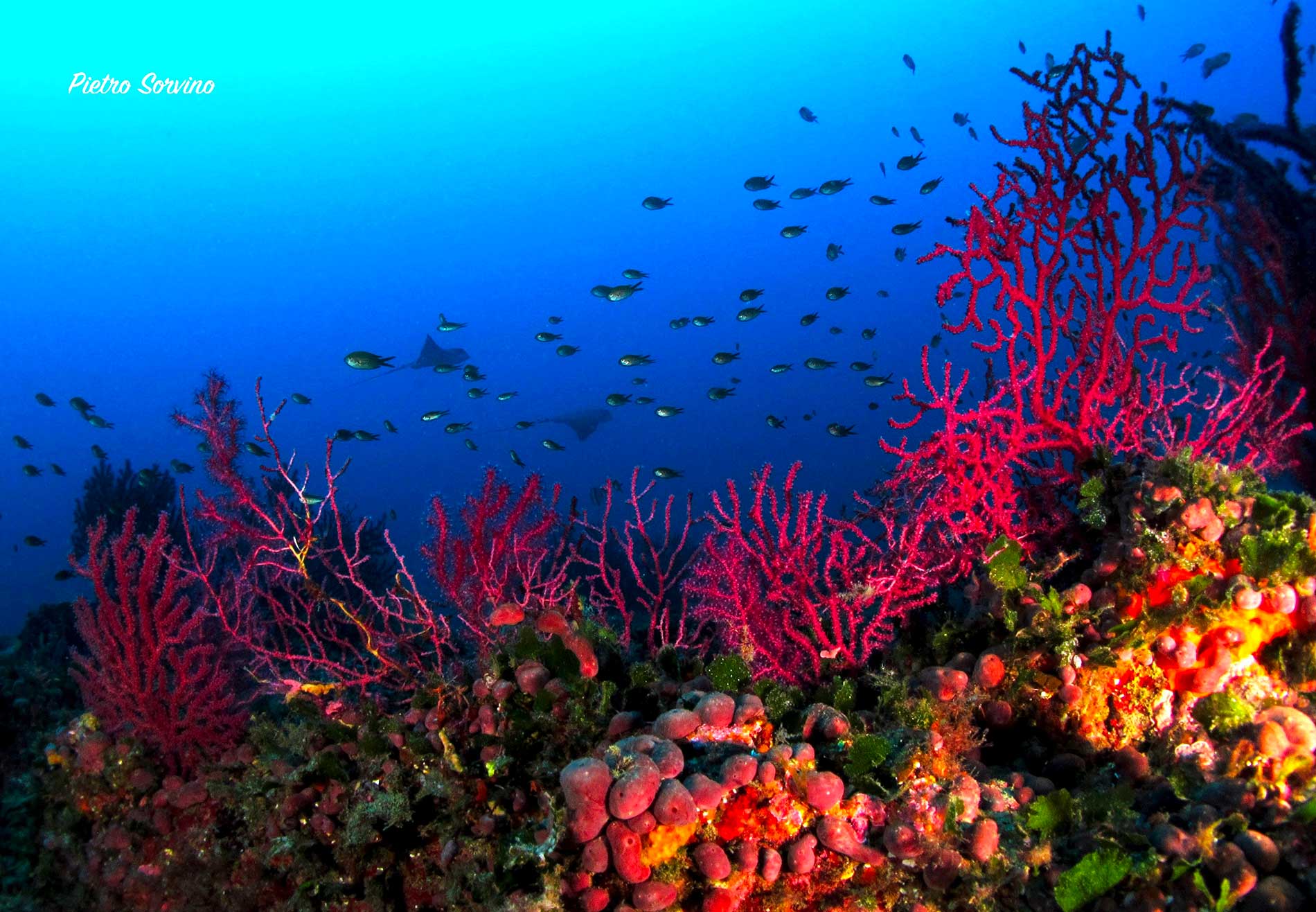They are among the most beautiful and spectacular creatures of the underwater world. With their colorful branches, waving so much as to suggest the name of "sea fans", they were anciently mistaken for plants, before being recognized as animal organisms, whose classification has been the subject of revision, based on the results of more recent molecular studies.Now the gorgonians, which are Cnidaria (coelenterates) Anthozoans of the subclass of Octocorallia, from the order Gorgoniaceae, have been included in the order Alcyonaceae, to which belong dozens of families that include hundreds of species. Some of which, for their particularities, are defined as soft corals.The name gorgonia refers to the mythical Gorgons with snake hair, which recall the shape of the marine colonial organism, but it is also etymologically linked to gorgonin, the substance that forms part of the supporting skeleton called scleraxis, which gives strength together with flexibility. This allows it to move in harmony with the movement of the sea. The calcareous structure covered by soft tissue, which is fixed to the hard seabed or to the underwater rocky walls, has a flattened shape, ideal for intercepting the plankton and other tiny nutrients that feed the colony, but also for offering minimal resistance to marine hydrodynamism. The colony is formed by thousands of small polyps, all connected to each other by gastric tubules through which they share nutrients and by a sensory network, thanks to which they are able to react simultaneously to a danger or an external stimulus. Nonetheless, the polyps specialized in the different functions at the service of the colony, are able to carry them out autonomously.The single polyp is equipped with eight very small finned tentacles (hence the name and class Octocorallia) which, when they extend, allow it to form a larger surface to intercept nutrients.Gorgonians come in different colors, a characteristic that is not unrelated to the depths in which they are found. The most famous and spectacular are the red gorgonian, Paramuricea clavata, which sometimes also has yellow parts, the yellow Eucinella cavolinii, the white Eucinella singularis. But at greater depths there are white, purple and brown ones, on hard substrates, while the greenish ones are closer to the surface, since they host zooxanthellae algae in their tissues, which need light for photosynthesis.Gorgonians form real submerged forests and populate the coralligenous, helping to create the environment suitable for the life of numerous other animal species. Among other things, some fish, molluscs and even sharks use to hang their sacs of fertilized eggs on the branches of gorgonians, to keep them safe from predators.They are among the longest-lived marine animals, as they can live hundreds of years.




